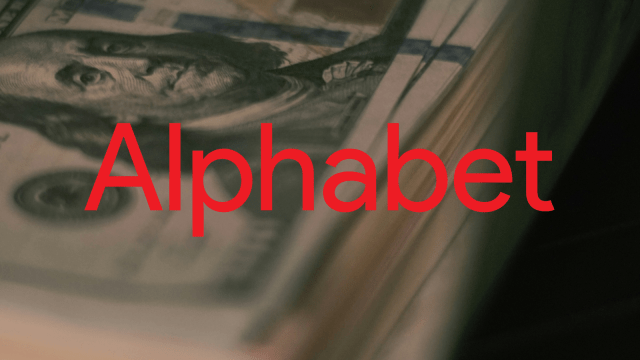Tech Giants Face Tariff Challenges Amid Economic Uncertainty
Big Tech executives had front-row seats at President Donald Trump’s inauguration in January. About 100 days later, their latest earnings calls revealed the impacts of tariffs and how these companies are preparing for a potential financial storm. The Commerce Department reported that the U.S. economy shrank in the first quarter of 2025, marking the first decline since early 2022.
The gross domestic product fell at a seasonally adjusted 0.3% annual rate as companies increased imports and prepared to navigate the Trump administration’s tariffs. For Big Tech firms, this impact is manifesting in various ways. Apple anticipates a $900 million cost hit by mid-2025, while Microsoft is leveraging AI to buffer economic pressure. Google, Meta, and Amazon also face shifting costs and supply chain headaches.
Google Faces Potential Ad Business Headwinds
Google’s Chief Business Officer, Philipp Schindler, noted that changes to the de minimis exemption could pose a “slight headwind to our ads business in 2025, primarily from APAC-based retailers.” Schindler acknowledged that the company is “not immune to the macro environment” but declined to speculate further on specific ad verticals or regions showing weakness.

Meta Sees Asia Ad Pullback
Meta attributed reduced ad spend from Asia-based ecommerce exporters to the impending expiration of the de minimis exemption on May 2. CFO Susan Li noted that while some spend has shifted to other markets, overall levels remain below pre-April figures. She added that there’s still uncertainty about how the change will affect Q2 performance.
Amazon Prepares for Tariff Impact
Amazon CEO Andy Jassy reported “heightened buying” in some categories, likely due to consumers shopping ahead of potential price hikes. While average selling prices haven’t meaningfully increased, Jassy attributed this to forward buying by Amazon and its sellers, as well as delayed pricing changes. He remains optimistic that Amazon can emerge stronger from the current tariff environment.

Microsoft Leverages Software as Buffer
Microsoft CFO Amy Hood noted that Windows OEM and devices revenue grew 3% year over year, exceeding expectations. CEO Satya Nadella positioned software as a deflationary force, highlighting the company’s expanding AI infrastructure as an area where tariff-driven costs could emerge.
Apple Faces $900 Million Tariff Cost
Apple CEO Tim Cook warned that if current tariff conditions persist, the company could face an additional $900 million in costs for the June 2025 quarter. Cook confirmed that while the majority of iPhones sold in the U.S. will come from India, China will remain the primary source for the “vast majority” of Apple products.
The tech giants are navigating these challenges with varying strategies, from leveraging AI to managing supply chain complexities. As the situation develops, their ability to adapt will be crucial in mitigating the impact of tariffs on their businesses.


